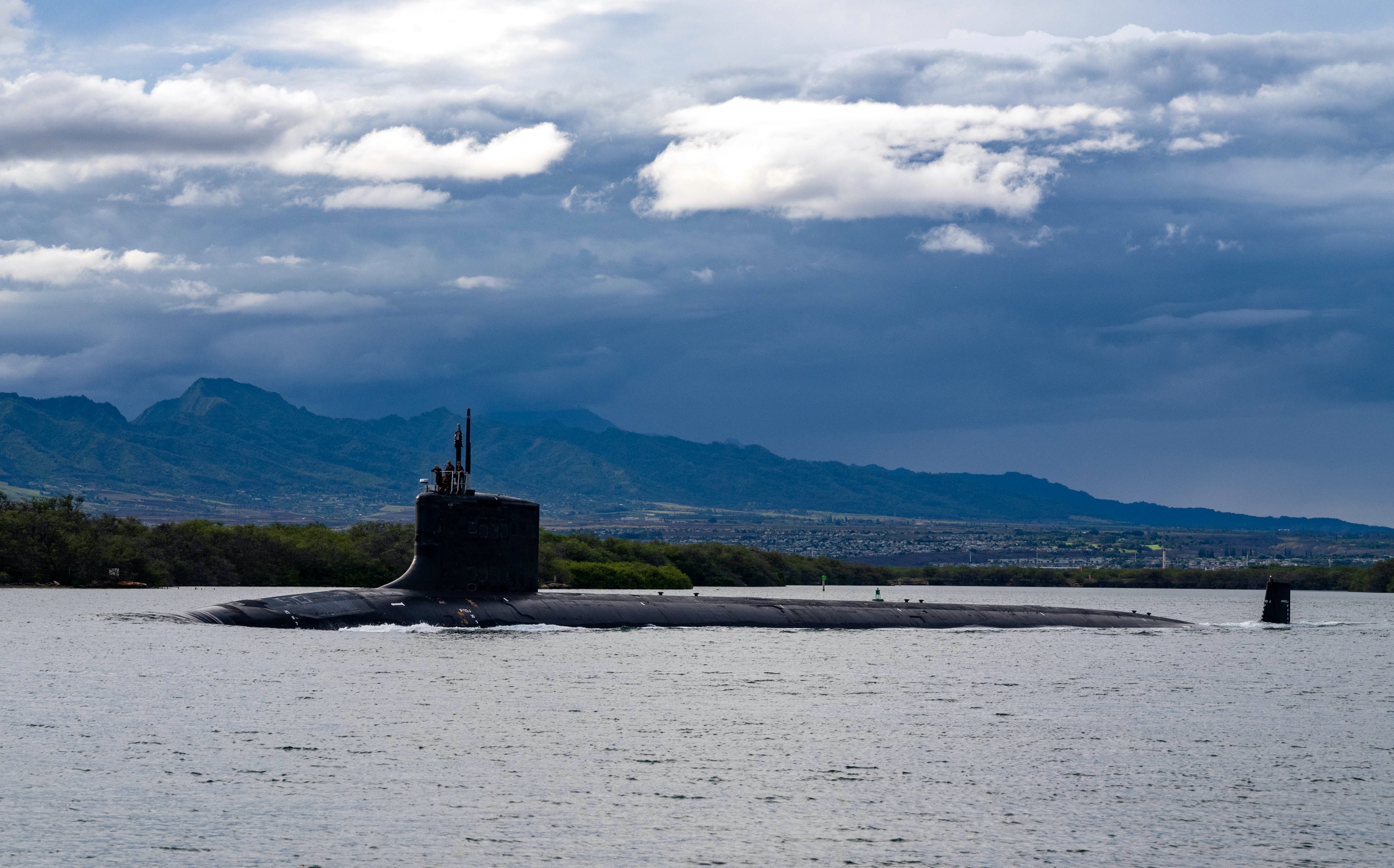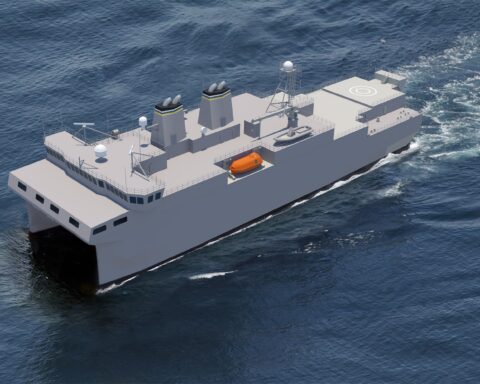The following is the March 24, 2021 Congressional Budget Office report, The Capacity of the Navy’s Shipyards to Maintain Its Submarines.
From the report
The U.S. Navy’s 70 submarines represent nearly one-quarter of its total fleet. Like all naval ships, those submarines require several periods of intensive maintenance during their service life. Navy policy dictates that most maintenance on nuclear-powered ships (all U.S. submarines are nuclear-powered) be performed by the four shipyards it owns and operates.
Those four public shipyards have experienced long delays—sometimes as long as several years—in performing maintenance on submarines. For example, after overhauls Virginia class submarines have returned to operations almost nine months later than expected, on average; Los Angeles class submarines have taken four and a half months longer than scheduled, on average, to return to the fleet. As a result, some submarines have missed deployments or had their deployments at sea shortened. The delays have reduced the number of submarines that the Navy can put to sea, idling expensive ships and their skilled crews. In response to those delays, the Navy has sent several submarines to private shipyards for maintenance in recent years, but still performs the vast majority of submarine maintenance at its own shipyards. It has also increased the number of workers at its shipyards and taken steps to improve productivity.
In this report, the Congressional Budget Office finds that maintenance delays will continue despite those changes. Barring other changes, required maintenance is projected to exceed the capacity of the Navy’s shipyards in 25 of the next 30 years. This report examines some options for mitigating or reducing future delays.
What Causes Delays in Maintenance?
Two factors have been the primary causes of delays in the Navy’s shipyards: The amount of maintenance that shipyards must perform in each overhaul has increased, and the Navy has not hired enough new workers to keep pace with the workload. Those factors have increased the number of days nuclear ships spend in the shipyard and the number of days of labor that are required to complete their overhauls. Overhauls have exceeded the number of days of labor scheduled for overhauls by 13 percent to 26 percent, depending on the ship’s class (see Figure 1).
Maintenance delays have been most acute for attack submarines because those ships are a lower priority at the shipyards than ballistic missile submarines and aircraft carriers (like the Navy’s submarines, all of its aircraft carriers are nuclear-powered). Over the past 12 years, overhauls of attack submarines have typically taken 20 percent to 40 percent longer than planned, both in terms of the number of days of labor required to complete the work and the length of time ships spend in the shipyard.
CBO staff visited all four of the Navy’s shipyards and interviewed Navy officials regarding the delays. The shipyards and the Naval Sea Systems Command (NAVSEA) reported that a shortage of workers was the primary reason for past delays. A shortage of skilled labor has been a challenge for all shipyards, public and private. The hiring and training process at shipyards is slow: Obtaining security clearances for new workers takes time, and it can take several years to train and apprentice workers. The Navy has increased hiring in recent years, reaching its goal of having about 37,000 workers at the public shipyards. In addition, the Navy is taking steps to improve productivity, including repair and redesign of its shipyards.
Despite the increased number of shipyard workers and the anticipated improvements in productivity, CBO projects that the demand for maintenance over the next few decades will exceed the supply of labor in most years. That is because the Navy’s submarines require more days of labor for overhauls than the Navy has planned. As a result, the shipyards will not be able to complete future overhauls on schedule. The 2020–2021 coronavirus pandemic has caused additional delays because it has affected productivity at the shipyards; CBO projects a 5 percent decrease in shipyard productivity in 2020 and 2021 as a result.
Download the document here.





